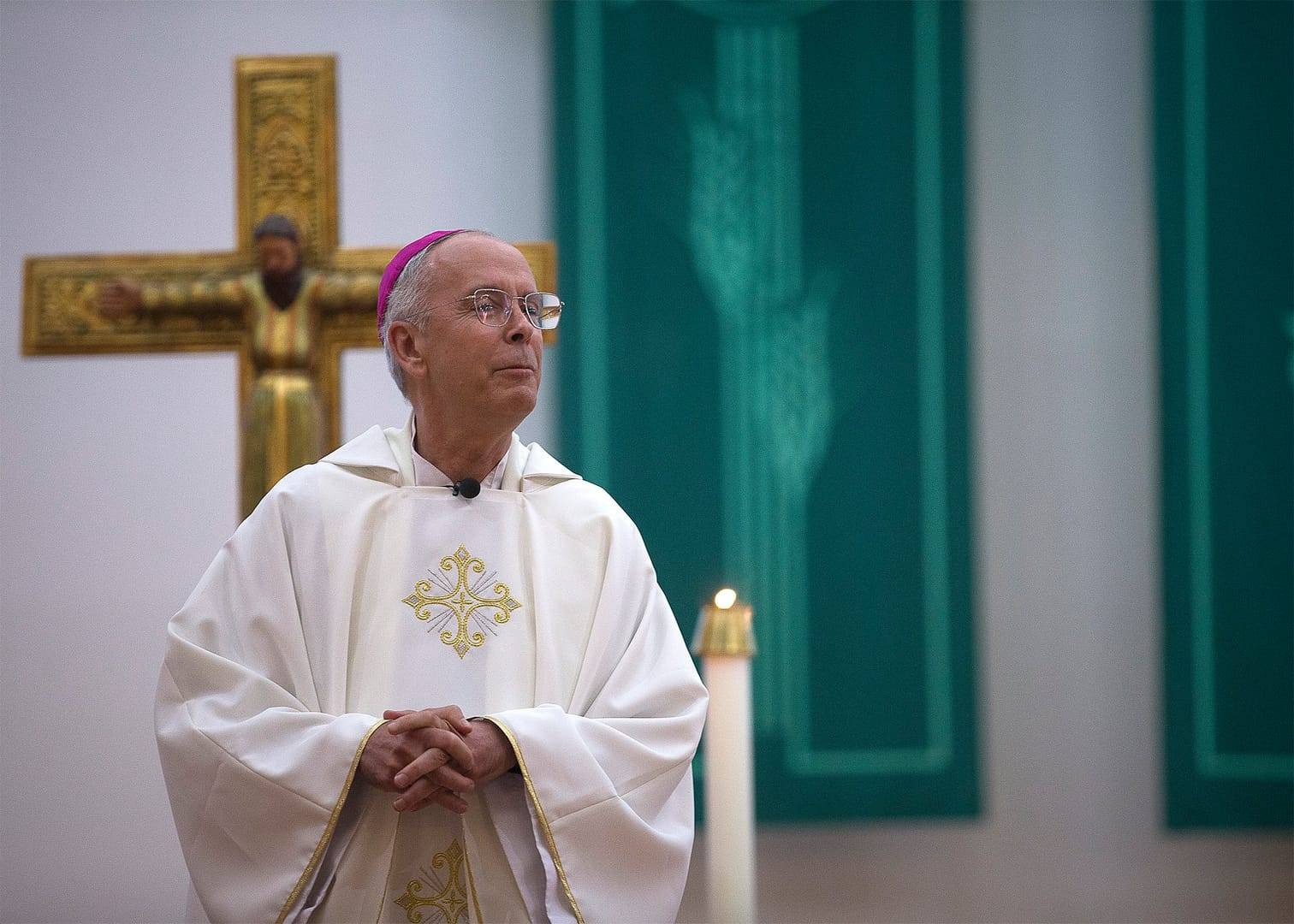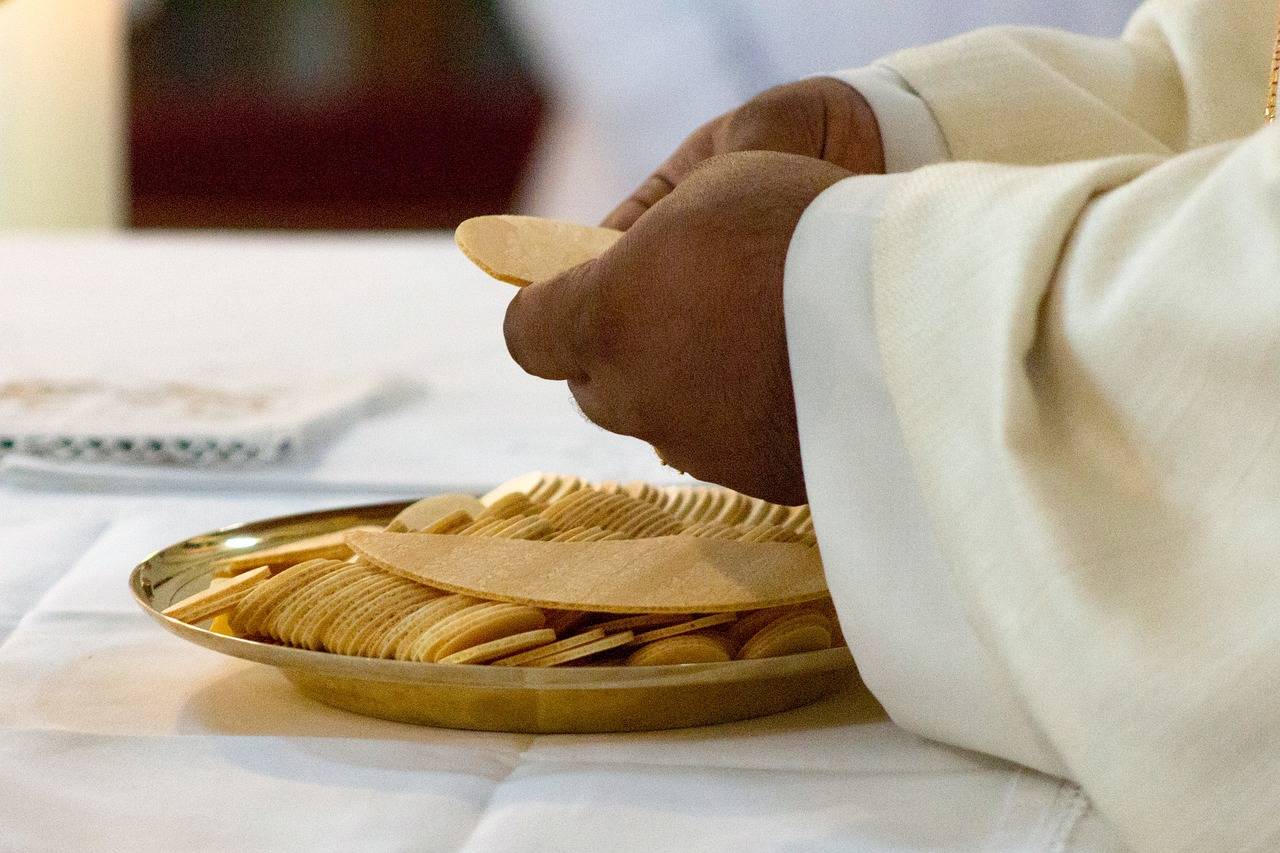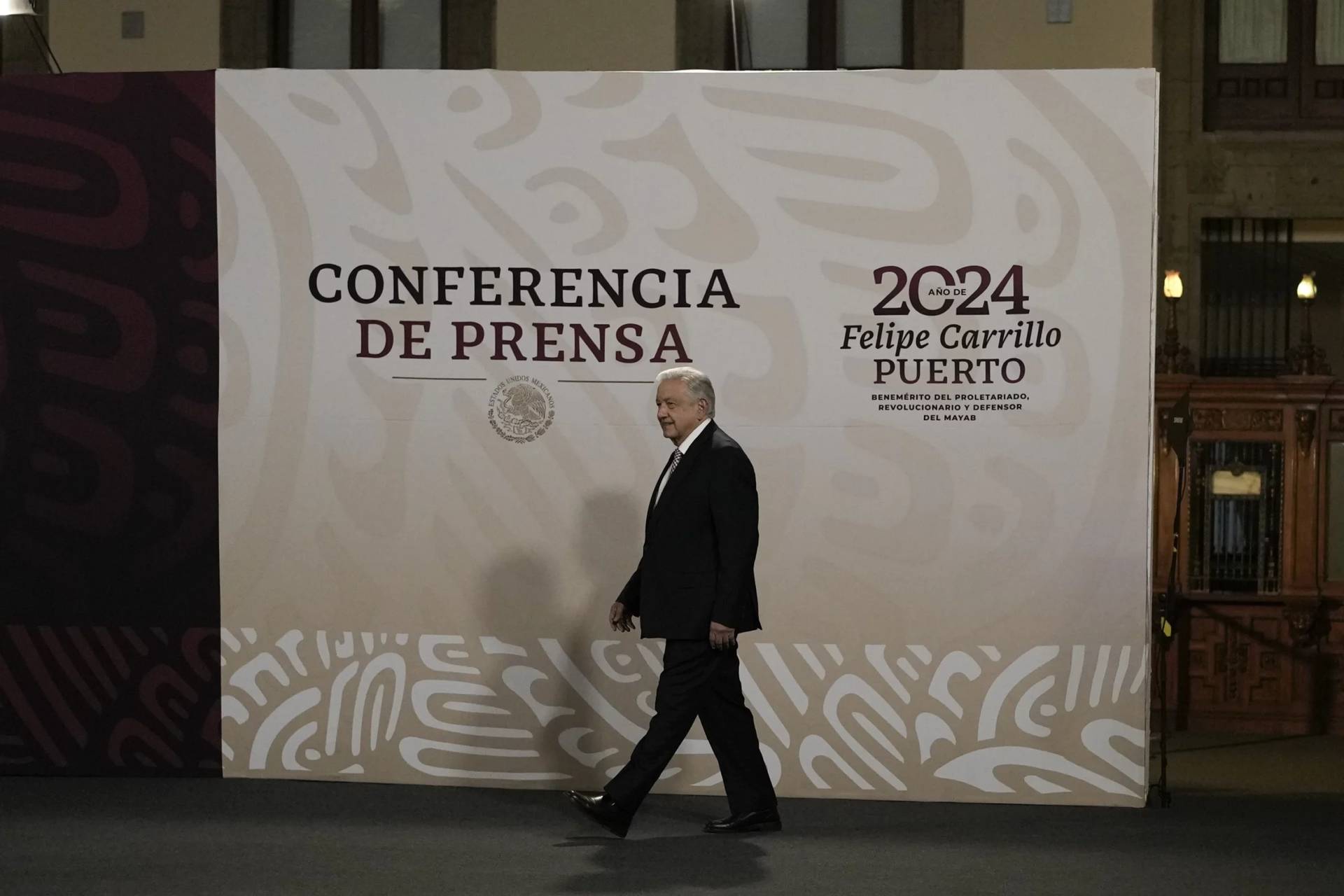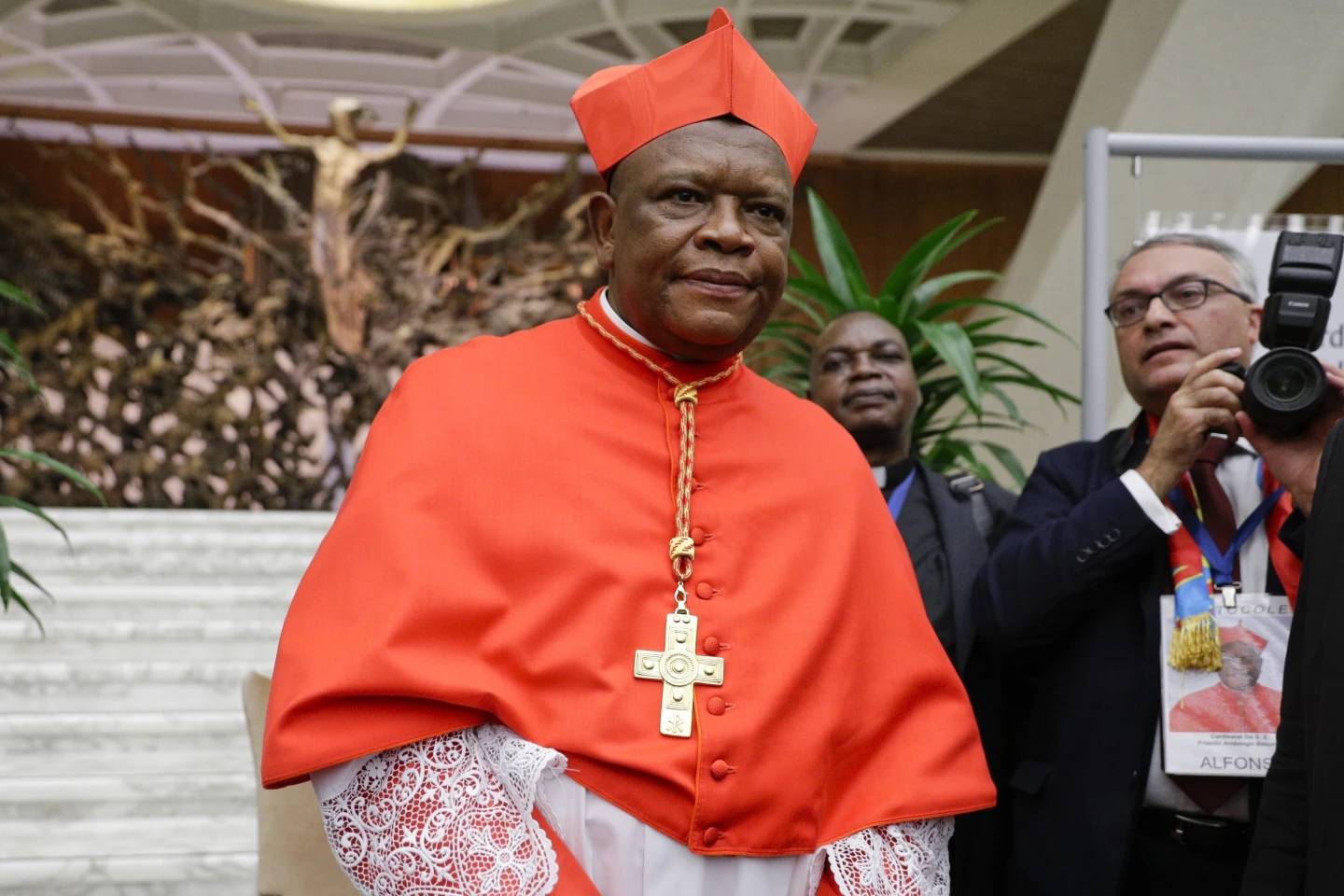 [Editor’s note: Crux’s Vatican correspondent and co-editor, Inés San Martín, is launching an occasional “media watch” column analyzing the way Catholic stories are covered. This is the column’s debut.]
[Editor’s note: Crux’s Vatican correspondent and co-editor, Inés San Martín, is launching an occasional “media watch” column analyzing the way Catholic stories are covered. This is the column’s debut.]
ROME— Reporting the news is a tough gig. No one goes into this line of work believing it’ll be a 9-5 job, with weekends off and vacations at sunny places with luxury hotels selling colorful drinks.
(Okay, maybe reporters do expect colorful drinks once in a while, but that’s about it.)
Even when you’re on the Catholic beat, the news is a 24/7 beast, particularly in the Pope Francis era. The need to be fast, to respond to the unpredictable, to report on the go or after postponing a Friday night out with friends because the pope sent a telegram to the new President of the United States, are chronic professional hazards.
Every reporter has a personal list of pieces we’d like to have back, but none of this is an excuse for sloppy journalism. As the late United States Senator Daniel Patrick Moynihan famously said, “Everyone is entitled to their own opinions, they are not entitled to their own facts.”
Last Friday brought a perfect example of how things can sometimes go wrong.
In the United States and beyond, the eyes of every journalist were on Washington, D.C., with even entertainment reporters focused on the inauguration of President Donald Trump.
As the presidential parade was headed to the White House, around 6 p.m. Rome time, journalists accredited to the Vatican received an email with a papal telegram to Trump marking the occasion. (Yes, the Vatican still uses the term “telegram,” even if no telegraph was actually involved.)
The news exploded like lit gunpowder, with journalists sharing the full text of the telegram on social media, “breaking the news” before they’d even sat down to digest it.
No matter what one thinks of Donald Trump, one thing about the new American commander-in-chief is indisputable: He’s a lightning rod, and very few people are on the fence.
Whenever Pope Francis says anything that could even remotely be seen as a comment on Trump, supporters of the new U.S. president are prone to tell the pope to “mind his own business,” to fix his own Church, to tear down the Vatican’s walls and to respect the division between Church and State.
It’s equally common to see those who oppose the president twisting and bending the pope’s words to present him as the voice of reason, standing up against a populist demagogue whom they also perceive as a tyrant.
However, the way this telegram was presented, amidst a great deal of overheated reporting, was factually inaccurate. More often than not, it was spun as a personal choice by Pope Francis to throw down a gauntlet before the new administration, demanding that Trump serve the poor.
It’s not that news organizations got the pope’s words wrong, because he did indeed ask Trump to be guided by concern for the poor.
What reporters and Twitter fans alike got wrong, however, was the context in which those words needed to be presented and understood. In truth, this was hardly the first time a pope sent a telegram to a new U.S. president, and neither was it the first time concern for the poor was a key passage of that telegram.
Leaving this key element of the story out meant that what was mostly a cut-and-paste operation based on previous telegrams, with some words changed here and there, undoubtedly at levels lower than the pope himself — in other words, no big deal — was instead spun as a dramatic personal challenge by the pope to the president.
As a footnote, it’s significant that Francis continued the tradition of sending a telegram, because had he not, the news for longtime Vatican watchers (or for those of us with passable Googling skills) would have been why he didn’t.
In fact, arguably that was the day’s real story — that despite perceived tensions between Francis and Trump, the pontiff upheld the custom of sending along congratulations.
Granted, sometimes getting the background facts means interviewing various sources, accessing books that have collected dust for decades, or knocking on doors infamous for not responding (and there are several of those in the Vatican), and there’s not always time.
Finding out if a pope had previously sent a telegram to an incoming U.S. president, however, called for nothing more than an Internet search: “Pope Benedict telegram to President Obama” or “Pope John Paul telegram to President Bush.”
How each journalist chooses to frame the rest of the story is up for grabs. From adding nothing at all to doing a 5,000-word essay on areas where Francis and Trump may either clash or see eye-to-eye, it’s all valid.
But making it sound as if this were a unique, Pope Francis gesture — of which there have been plenty — was just plain wrong.
For sure, here at Crux we’ve made our fair share of mistakes, from getting the name of a city wrong to sometimes allowing the desire to draw eyeballs to influence our editorial decisions. We’re as capable of making bad decisions under the pressures of time and competition as anyone else.
All of us in this business, however, once in a while need to step back and be self-critical. Whether we like it or not, as journalists we have a responsibility that’s bigger than our traffic numbers and byline credits.
In this case, living in a highly-polarized society, to style Trump and Francis as enemies before they even have the chance to face each other is as dangerous as it is inaccurate. It adds fuel to a fire that’s already roaring with fear, division and hostility.
Moral of the story: Good journalistic practice doesn’t just mean getting the text right — it’s also about the context.















